The Kronstadt rebellion. 1921.
Kronstadt is located on Kotlin Island, 30 kilometers (19 mi) west of Saint-Petersburg. Now it is a small suburban district of Saint-Petersburg with quiet alleys and a rich history. Kronstadt was (and is) a naval fortress. Traditionally, it has served as the base of the Russian Baltic Fleet and to guard the approaches to the city of St. Petersburg. Many times the Kronstadt fortress played a key role in Russian history. The Kronstadt sailors joined the Revolutionary movement in the beginning of the 20-th century. They had been in the vanguard of the revolutionary events of 1905-1906 and 1917. It was not surprisingly that Trotsky called Kronstadt sailors the "pride and glory of the Russian Revolution”. Why did the “pride and glory” of the Revolution, the Kronstadt sailors, decided to turn its guns on the communists? And why was Kronstadt shot in 1921?
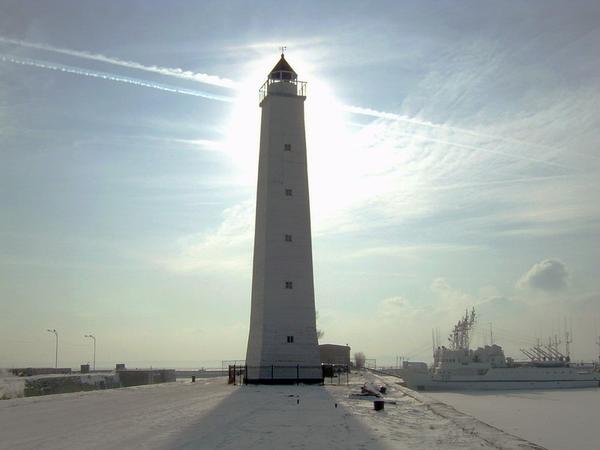
First of all, we have to understand that In 1917 in Russia 2 revolutions happened. In February 1917 the Romanov’s dynasty was overthrown. Power passed into the hands of the Provisional Government, which was unable to unite the country. The Provisional Government had insisted on the continuation of the unpopular war with Germany. As a result the Bolsheviks took power in October 1917. The main force of the communists was the sailors of the Baltic Fleet. However, whole areas of the country did not recognize the Bolshevik revolution. This was the reason of civil war. The Russian Civil War had ended in Western part of Russia in November 1920 with the defeat of General Wrangel in the Crimea. The Kronstadt garrison had previously been a centre of major support for the Bolsheviks, and throughout the Civil War of 1917–1921, the navy of Kronstadt had been at the vanguard of the main Bolshevik attacks.
As a result of the Civil War, the economy started to collapse. The situation in villages became terrible because of the policy of grain requisitioning.
The dictatorship and economic collapse became unbearable for all society. In 1920-1921 peasant uprisings against the Communists broke out one after another. In urban areas, a wave of spontaneous strikes occurred and in late February 1921 a near general strike broke out in Petrograd.
And the Kronstadt rebellion was the most important and the most dangerous action against the communists. But it was part of a nationwide spite of the communist rule.
What was the Kronstadt garrison in 1921? After the revolution all navy bases in Finland were lost. The Baltic Fleet was concentrated in Kronstadt. There gathered together more than 200 military ships. But the Soviet Power was busy struggling with the White Army. The Fleet had been left to take their course. Thousand of sailors were called up to the Red Army. But the War had ended in the Western part of Russia in November 1920 and the mariners (who were alive) went back to their ships. However they were not the same mariners who arrested the Provisional Government in 1917. Great number of new recruits joined the Fleet. They were a generation who saw War communism and the Bolshevik terror. In fact the majority of the sailors were born in agricultural areas of the country. They understood that the main reason of the hard situation was the Military Communism policy. Total nationalization and grain requisitioning were the main economic measures of the Military Communism. In addition the Bolsheviks persecuted every another political party.
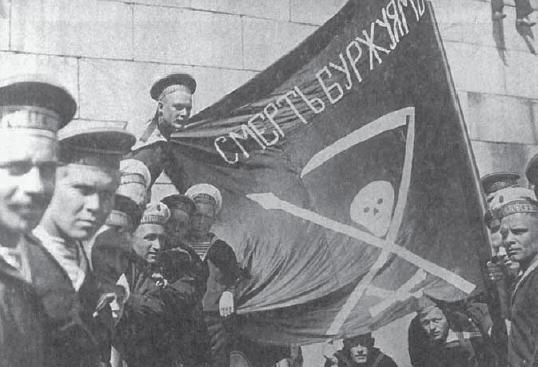
On February 26th, in response to the strike events in Petrograd, the crews of the battleships Petropavlovsk and Sevastopol held an emergency meeting and agreed to send a delegation to the city to investigate and report back on the ongoing strike movement. On their turn two days later, the delegates informed their fellow sailors of the strikes (with which they had full sympathy with) and the government repression directed against them.
On February 28th, the crews of the battleships Petropavlovsk and Sevastopol held an emergency meeting, which approved a resolution raising fifteen demands:
1. Immediate new elections to the Soviets; the present Soviets no longer express the wishes of the workers and peasants. The new elections should be held by secret ballot, and should be preceded by free electoral propaganda for all workers and peasants before the elections.
2. Freedom of speech and of the press for workers and peasants, for the Anarchists, and for the Left Socialist parties.
3. The right of assembly, and freedom for trade union and peasant associations.
4. The organization, at the latest on 10 March 1921, of a Conference of non-Party workers, soldiers and sailors of Petrograd, Kronstadt and the Petrograd District.
5. The liberation of all political prisoners of the Socialist parties, and of all imprisoned workers and peasants, soldiers and sailors belonging to working class and peasant organisations.
6. The election of a commission to look into the dossiers of all those detained in prisons and concentration camps.
7. The abolition of all political sections in the armed forces; no political party should have privileges for the propagation of its ideas, or receive State subsidies to this end. In place of the political section, various cultural groups should be set up, deriving resources from the State.
8. The immediate abolition of the militia detachments set up between towns and countryside.
9. The equalisation of rations for all workers, except those engaged in dangerous or unhealthy jobs.
10. The abolition of Party combat detachments in all military groups; the abolition of Party guards in factories and enterprises. If guards are required, they should be nominated, taking into account the views of the workers.
11. The granting to the peasants of freedom of action on their own soil, and of the right to own cattle, provided they look after them themselves and do not employ hired labour.
12. We request that all military units and officer trainee groups associate themselves with this resolution.
13. We demand that the Press give proper publicity to this resolution.
14. We demand the institution of mobile workers' control groups.
15. We demand that handicraft production be authorised, provided it does not utilise wage labour.
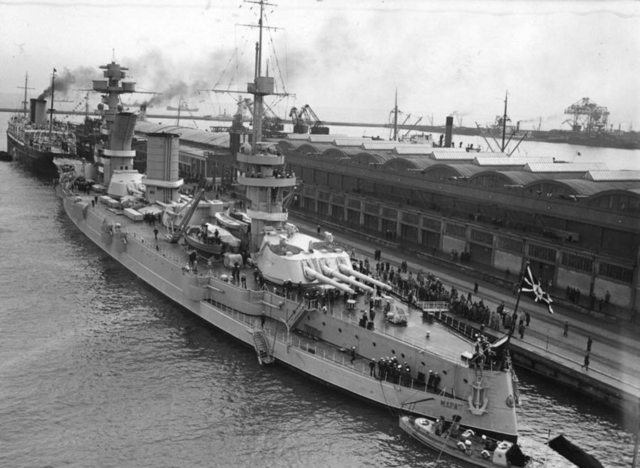
On March 1, a general meeting of the garrison on the Anchor Square of Kronstadt was held. There were more than 16 000 people include the citizens and sailors. Mikhail Kalinin and Commissar of the Soviet Baltic Fleet Nikolai Kuzmin made speeches for the Government. They called to stop riots but they were hooted down. The general meeting passed a resolution including the fifteen demands given above. The scribe Petrichenko from the battleship Petropavlovsk read out the resolution. He was supported unanimously.
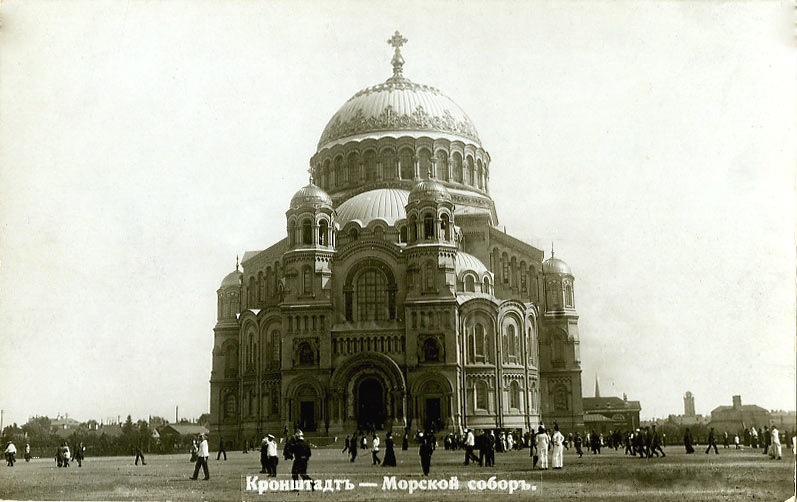
On March 2, during the conference of sailor, soldier and worker organization delegates of Kronstadt, a Provisional Revolutionary Committee.was organized. After hearing speeches by Kuzmin and Vasiliev ( President of the Kronstadt Executive Committee), they were arrested.
Unfortunately sailors spent too much time on negotiations and meetings. However, immediately there were organized a newspaper of the rebel’s – Izvestia (the News) of the Provisional Revolutionary Committee. This newspaper became source where we can learn about the life and struggles of the mutineers and residents. During the revolt, Kronstadt started to re-organise itself from the bottom up. The trade union committees were re-elected and a Council of Trade Unions formed. The Conference of Delegates met regularly to discuss issues relating to the interests of Kronstadt and the struggle against the Bolshevik government (specifically on March 2nd, 4th and 11th). Rank and file Communists left the party in droves, expressing support for the revolt and its aim of "all power to the soviets and not to parties." About 300 Communists were arrested and treated humanly in prison (in comparison, at least 780 Communists left the party in protest of the actions it was taking against Kronstadt and its general role in the revolution). Significantly, up to one-third of the delegates elected to Kronstadt's rebel conference of March 2nd were Communists.
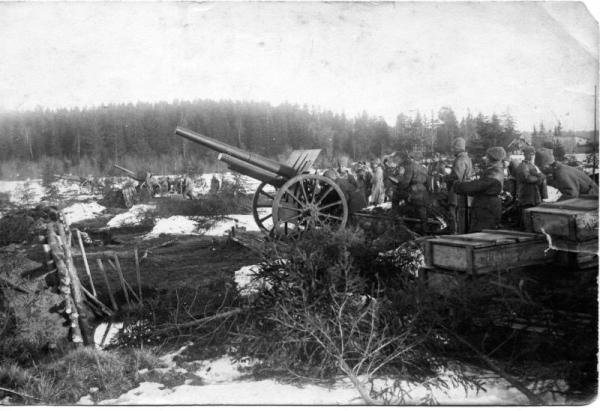
The Bolsheviks in the press immediately announced that this was a revolt, organized by the foreign enemies and the White Army. It was not a true. Who were the leaders of the rebellion? Where were sailors, not officers of former Imperial navy who, like general Kozlovsky (the chief of all artillery of the fortress), joined the rebellion later.
Stepan Petrichenko was the main figure of the rebels. Petrichenko was born in 1892 and in 1913 he was called up for military service with the Russian navy, where he was assigned to the Russian battleship Petropavlovsk, part of the Baltic Fleet. During the February Revolution in Russia, he had been with the fleet at the Estonian island Nargen (now Naissaar). In December 1917, it was proclaimed a Soviet Republic of Soldiers and Fortress-Builders of Nargen. A republic under the red-black flag of anarcho-syndicalism was launched with eighty-two navy troops guiding hundreds of indigenous islanders. Petrichenko fought the Bolsheviks and the German Empire, aiding in the evacuation of Naissaar on February 26 with the Baltic Fleet in the direction of Helsinki, and from there to Kronstadt. In fact Petrichenko was a professional revolutioner. And in 1921 he headed the movement. He had the experience of rule.
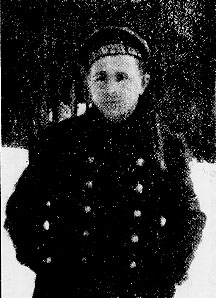
The main slogan- “All power to the soviets and not to parties” means that it was uprising not against the soviets (which was a form of organization and can be translated as “the council, assembly” ) but against the political monopoly of the communist who was the main power of the country.
The sailors sought open and transparent negotiations with the authorities, but the position of the Bolsheviks was clear: no negotiations or compromises, the rebels must surrender unconditionally. The emissaries who were sent to Petrograd by the rebels were arrested as the members of their families who lived outside Kronstadt.
On March 3, 1921 in Kronstadt was formed the "defense staff," which was led by former captain Solovyaninov, the artillery commander of the fortress, a former general Kozlovsky, Admiral S. Dmitriev, and officer of the General Staff of imperial army Arkannikov.
What was the Kronstadt fortress?
It was a main naval base of the country. There were concentrated more than 200 military vessels included 2 battleships. The fortress consisted of twenty navy-forts on the islands around Kronstadt armed with hundreds modern canons and machine-guns, the garrison of the Kronstadt fortress was around 25 000 sailors and solders who were ready fight to the end.
On March 4 the Petrograd Defence Committee presented an ultimatum to Kronstadt. The rebels had to either accept it or reject and fight. On the same day the fortress delegate meeting decided to defend himself. At the suggestion of the composition Petrichenko the Military Revolutionary Committee had been increased from 5 to 15 people. The garrison of the Kronstadt fotress was around 25 000.
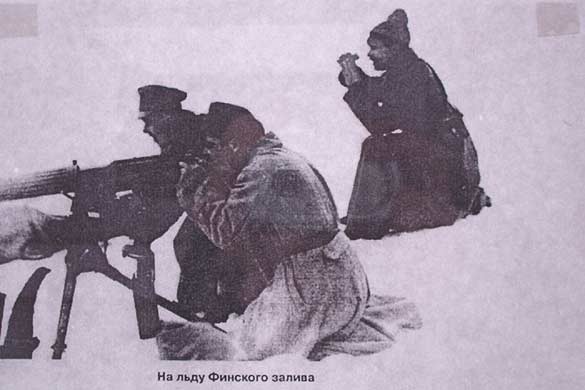
It was the beginning of military struggle.
On March 5, 1921 7th Army under the command of Tukhachevsky was restored. Tukhachevsky was instructed to prepare plan for the assault and "as soon as possible to suppress the uprising in Kronstadt." The storm of the fortress was appointed on March 8.
On March 7, 1921 the forces of the 7th Army totaled 17.6 thousand soldiers. The Army was divided into 2 group. The Northern Group was 3683 fighters and the Southern Group - 9853, in reserve - 4000.
At 18:00 on March 7 shelling of Kronstadt began. At sunrise on March 8, 1921 the storm started. The Red Army suffered heavy losses, and the rebels were not injured. Storm of the fortress was unsuccessful.
That same day the 10th Congress of the Russian Communist Party (Bolsheviks) was opened in Moscow. During the 10th Congress Lenin said that “the Kronstadt rebellion was more dangerous than Kolchak, Denikin and Wrangel together”.
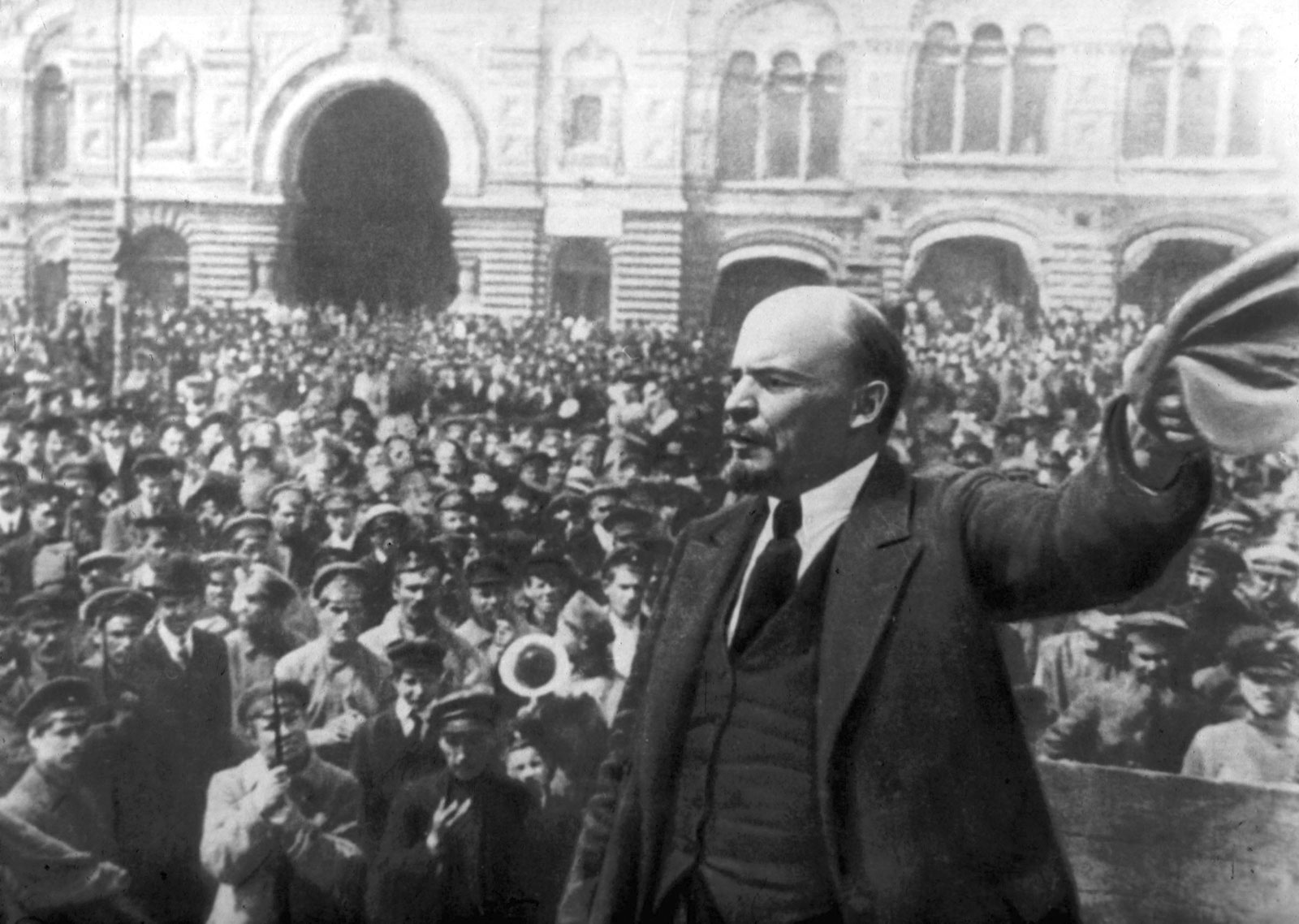
Kronstadt survived the first attack. The next 10 days passed in bloody struggle between the Red Army and the rebels. And both sides were preparing forces for the last fight. However, Kronstadt was isolated. Fuel and food ended. The gulf of Finland was covered with ice and support from abroad could not come to Kronstadt. If Kronstadt would fight a few more weeks, the communist regime would be overthrown in Petrograd and then everywhere in the country. That is why Lenin and Trotsky were hurry with suppress the rebellion.
On March 12, 1921 the rebel forces totaled 18 thousand soldiers and sailors, 100 guns of coastal defense (including naval guns of battleships "Sevastopol" and "Petropavlovsk" - 140 guns), more than 100 machine guns with a lot of ammunition.
The Bolshevik troops were supplemented by new forces. Military force had been increased to 24 thousand troops, 159 guns, 433 machine guns. The troops were divided into two groups:
The Northern Group advanced from the north of Kronstadt from Sestroretsk and Lisy Nos.
The Southern Group advanced from the vicinity of Oranienbaum.
300 delegates the Xth Party Congress, 1114 communists, and three regiments of cadets joined the attack.
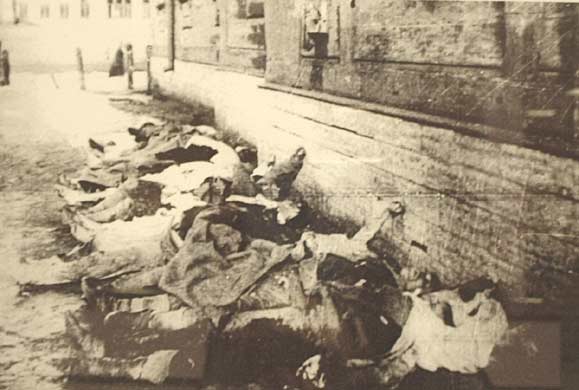
General attack to the fortress started at night on March 17. Under cover of darkness soldiers stormed the fortress. Part of the northern forts were occupied without a fight, but some of the forts, especially on the south side of the island Kotlin, put up fierce resistance. Afternoon March 17 the air raids were made. There were battles in the streets. The rebels kept the defense in almost every building. The situation was very difficult and Tukhachevsky had a plan to use even chemical weapons.
However, by 5 AM on March 18 the resistance of Kronstadt was broken. From the western point of the island people went to Finland. The distance to Finland was closer than to Petrograd. 6-8 thousand people went to Finland, including the leader of the rebellion - Petrichenko.
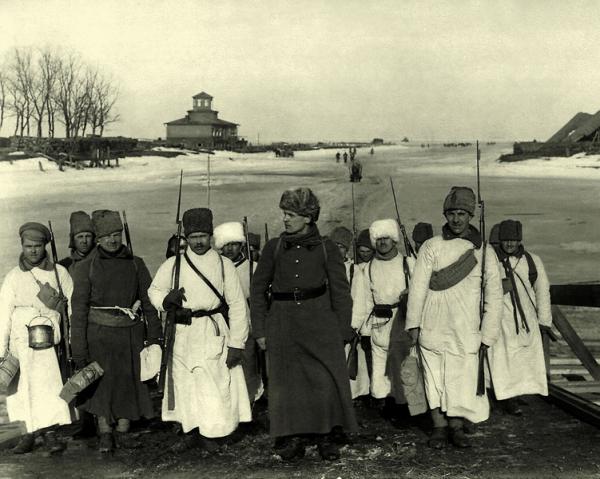
Although there are no reliable figures for the rebels' battle losses, historians estimate that 1,200 to 2,168 were executed in the days following the revolt, and a like number were jailed, many in the Solovki prison camp. Official Soviet figures claim approximately 1,000 rebels were killed, 2,000 wounded, and between 2,300 to 6,528 captured, with 6,000 to 8,000 defecting to Finland, while the Red Army lost 527 killed and 3285 wounded. Later on, 1,050 to 1,272 prisoners were freed and 750 to 1,486 sentenced to five years' forced labour. More fortunate rebels managed to escape to Finland.





